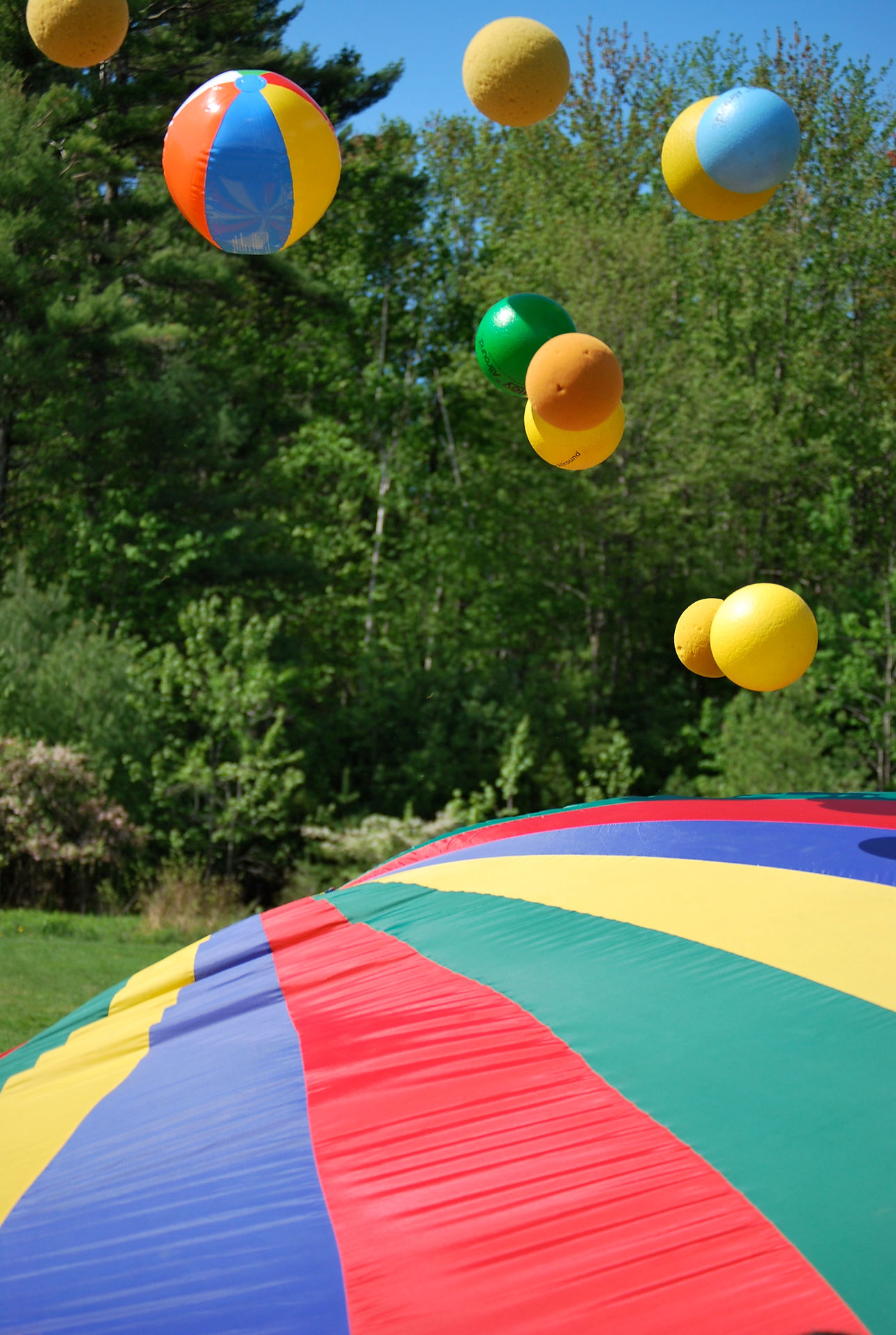
Marty Cryer
Wordle Reflections

Project Description:
I used Wordle as an end-of-the-year reflection piece for my students. Each student was asked to individually create a list of all the math concepts they learned about this year. They thought hard to remember all of them and, of course, the most recent were the easiest to think about. When this list was complete, I asked them to make a separate list of the concepts they felt they wanted to understand better.
After collecting their lists, I created a word cloud to show students what concepts were the most commonly included.
Objectives:
There were two primary goals for this activity. First, I wanted students treflect on their learning over the course of the year and then think about how successful they were. This would help them see what they need to continue to practice over the summer and sould help me see if there were concepts that stuck out as harder than others or that I might have taught better.
The results were quite interesting, even though I did not find a specific topic students didn’t understand or anything that stuck out about my instruction. We did discover multiplication and division to both be among the concepts students wanted to improve upon

most. When asked about this, they all agreed they wanted to be faster at their fact fluency. It was a bit of a surprise to me because I had been preaching about how important it is to practice to increase their speed all year. I thought it was falling on deaf ears, but perhaps not. This provided a great opportunity to reflect on what they could do to make that happen over the summer. We talked about different ways they could practice, including using Sumdog, their favorite practice site ever. They were happy to hear their accounts would be active all summer long.
We were able to chat a little about other concepts they felt had room for improvement, but agreed that fact fluency was among the most important since it was connected to so many other math concepts as they discovered
when creating their math reflective mind maps. It also was probably one of the most important reflective understandings students could have made!
Future changes and improvements:
I am happy with this project and its results. Students gave serious thought to what they learned and it opened lines of discussion that otherwise might not have been opened. The biggest issue with it is that students did not remember many of the concepts we learned at the beginning of the year. Mental math, for example, was something we spent a lot of time on, but only a couple of students remembered it. Perhaps it is because they so naturally use mental math now, students do not even realize it was something they could not do at the beginning of the year. Looking for ways to remind students of all of their learning over the course of the year without actually coming out and telling them would make this even better. We don’t have a textbook, so it is not something they can look back on. The math journal I had students work on periodically would have been helpful, but the journals took so much time out of the math curriculum, I began to fall woefully behind and largely abandoned them. I will have to give more thought on how to remind students of all the topics.
Connection to ISTE Standard 2b: Develop technology-enriched learning environments that enable all students to pursue their individual curiosities and become active participants in setting their own educational goals, managing their own learning, and assessing their own progress.
Clearly this activity helped students reflect on their learning and assess what they learned. While it is not a perfect activity since there are many topics students did not think about, it was extremely valuable in allowing them to recognize the importance of continuing to work over the summer.